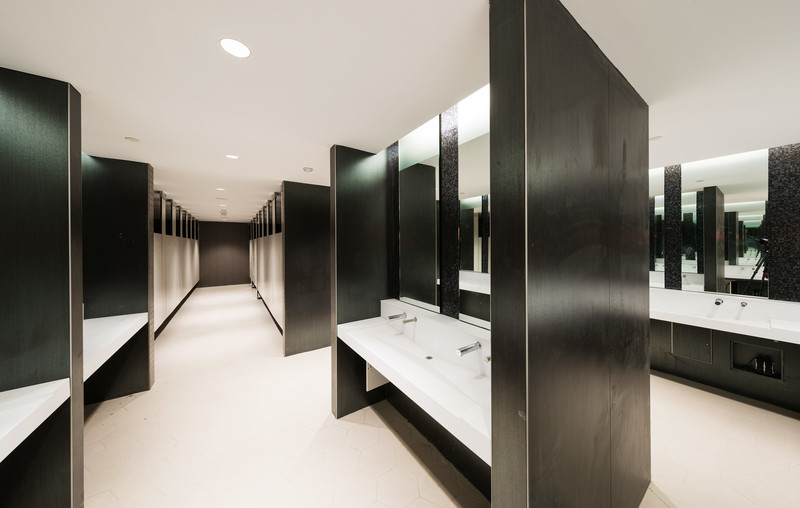Issues with the Design of the NAC
Despite the excitement of having a state-of-the-art venue, issues with its design became apparent early on after its opening. Southam Hall was just one of the parts to the NAC which needed attention, others included the lack of a proper front entrance, accessibility and size of the bathrooms. Without the funding to take on what would be a significant face-lift to the building, these issues persisted until the 2010s, when a renovation project was announced.
The initial cost to construct the National Arts Centre was estimated in 1963 to be about $9 million, funding which was to be provided by Parliament. However, by the time the construction began, that cost rose to $16 million. Later on, the number once more went up to $21 million, and then escalated to over $26 million (Jennings, 34). By the end of the project, the construction cost was at an impressive $31 million (Jennings, 43).
The Front Entrance
Initially, the Elgin entrance to the NAC was not as open and welcoming as it is today. There was only a small door, mainly for getting to the parking garage. The (more appropriate) main entrance at the time was on the side of the Rideau Canal. The team responsible for the original construction of the NAC had planned to create a type of terrace along the canal, with outdoor seating, and even a pedestrian bridge leading over to Colonel By Drive. Unfortunately, the outdoor seating and pedestrian bridge never came to fruition, and the Elgin Street entrance was more often seen as the face of the building.
The Washrooms
The original washrooms were small and cramped, making the flow of traffic during intermissions somewhat of a challenge. In the 1970s, a study was conducted which recorded the volume and flow of traffic in the washrooms. It even showed how long people tended to spend in the washrooms, as well as which parts of the room they spent the most time.
Accessibility
The original design for the NAC did not meet today’s requirements regarding accessibility. In the main lobby, there was but one utility elevator available for those who needed it. In Southam Hall, there was a lack of accessible seating. In order to keep the building up and running, the renovations done would need to address this problem. In Southam Hall, designated accessible seating sections were created. Furthermore, an entire row of removable seats was added around the centre of the house to allow for wheelchair seating as well as chaperones.
One of the biggest challenges for the renovation project was addressing the issues with Southam Hall. In addition to issues with accessible seating, the hall’s acoustics were slightly out of date, no longer conforming to current standards.

